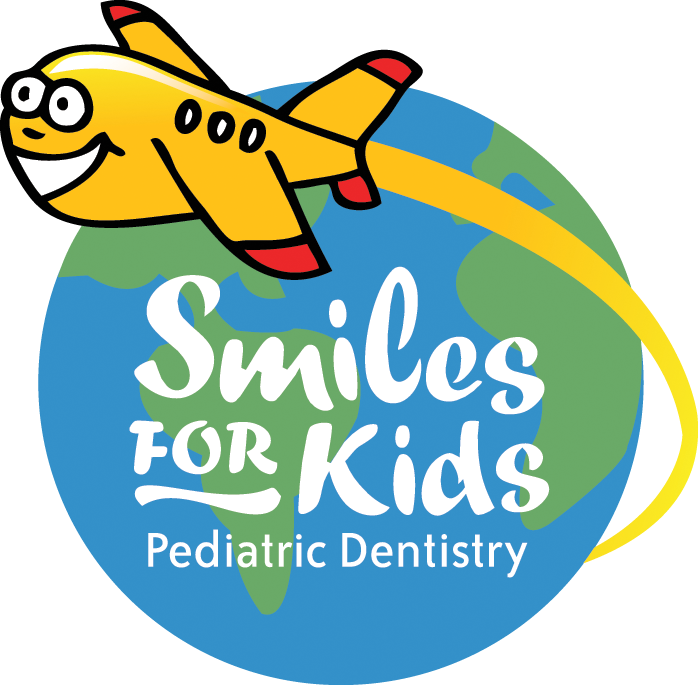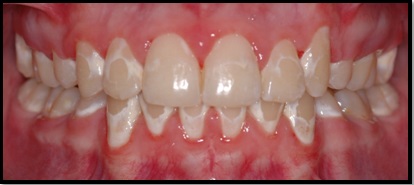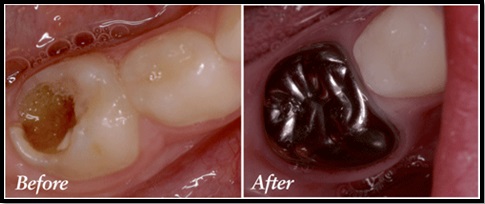KNOCKED OUT PERMANENT TEETH
/Certain trauma from falling, accidents or hits by flying objects especially while playing sports, can cause a permanent tooth to be completely “knocked out” or AVULSED.
If this happens, in many cases, the tooth can be saved by quick, careful action. Quickly replacing the tooth back into its place or socket is crucial to the success of that tooth. If the tooth is replaced within the first ½ hour it has a better chance of survival. You may want to buy at a drug store a “Save a Tooth” kit, which contains solutions and instructions to prolong the lifetime of an avulsed tooth if you cannot place it back in the socket. To save the tooth, immediately follow these important steps at the site of injury:
- Immediately call our office. If the emergency is during our regular hours, head to the office and call on the way. If this is an after-hours emergency the doctor will meet you there as soon as possible.
- If the tooth appears dirty, plug sink, rinse the tooth gently under tap water. DO NOT SCRUB, TOUCH THE ROOT, OR PUT SOAP ON THE TOOTH!
- Have your child rinse his or her mouth with warm water only.
- If possible, immediately insert the tooth back into the socket, position like the tooth next to it as best as you can, and hold the tooth in position with finger pressure or by biting firmly on cotton gauze.
- If you cannot insert the tooth, place it in a container filled with your child’s spit or in milk. If you have a “Save a Tooth” kit, place the tooth in it.
- Take the tooth and go IMMEDIATELY to your dentist or hospital emergency room. Call when you are on the way, but do not wait.
- Within 48 hours call your child’s physician to make sure your child is up to date with tetanus vaccinations.
If you have any questions, please don’t hesitate to call us at (713) 461-1509.
Dr. Jadav
Smiles for Kids Pediatric Dentistry






























